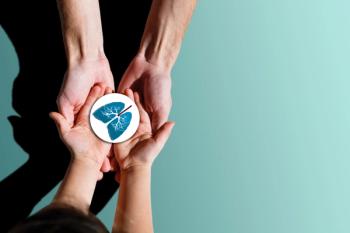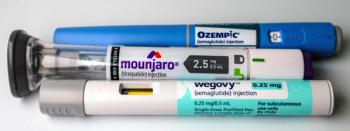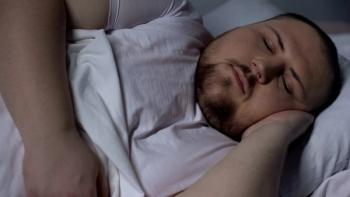
Narcolepsy Monitoring App Shows Possible Effectiveness in Symptom Tracking, Study Says
The Narcolepsy Monitor—a companion app for long-term narcolepsy symptom monitoring—may be a helpful tool for gaining insight into the individual burden of narcolepsy symptoms over time and may serve as a patient-reported outcome measure, according to study findings.
The Narcolepsy Monitor—a companion app for long-term narcolepsy symptom monitoring—may be a helpful tool for gaining insight into the individual burden of narcolepsy symptoms over time and may serve as a patient-reported outcome measure, according to study findings published in JMIR mHealth and uHealth.
The study aimed to assess the design, development, implementation, and evaluation of the Narcolepsy Monitor once a complete version of the app was built. The app allows patients to report symptoms they experience and to rate their severity based on the level of burden that each symptom imposes, as well as, tracking the changes in relative severity of the symptoms.
“Patients with narcolepsy experience a broad range of symptoms, the most common being excessive daytime sleepiness, manifested not only as attacks of falling asleep at inappropriate times but also as difficulties with concentration and memory,” said the study authors. “Patients often experience attacks of muscle weakness triggered by emotions, called cataplexy. These symptoms, together with hypnagogic hallucinations, sleep paralysis, and disturbed nocturnal sleep, are referred to as the classic pentad of narcolepsy. However, the spectrum of narcolepsy symptoms is more extensive, including several symptoms that are not directly related to sleep.”
Researchers recruited a total of 7 patients with narcolepsy who were asked to use the app for 30 days, followed by an evaluation with in-depth interviews and a user experience questionnaire.
The patients used the app on average for a total of 45.3 days and the app was opened on 35% of those days. The results revealed that daytime sleepiness was the most dynamic symptom, with an average number of chances of 5.5 per month, while the feeling of anxiety or panic only moved 0.3 times per month.
Furthermore, the highest average symptom score was for daytime sleepiness, followed by lack of energy. The in-depth interviews demonstrated 3 major themes, including reason to use, usability, and features. The patients reported that they appreciated the concept of ranking symptoms on subjective burden and found the app easy to use.
“Narcolepsy can be seen as a model disease as it has a broad variety of symptoms with large differences among patients and variations over time,” said the study authors. “The concept of ranking symptoms to measure personal burden seems well suited for various kinds of disorders. Hence, by translating the app to other diseases, the principle could be more generally regarded as a symptom monitoring tool.”
Researchers suggest that data presented in the study can contribute to future narcolepsy studies that involve long-term data collection.
Reference
Quaedackers L, De Wit J, Pillen S, et al. A mobile app for longterm monitoring of narcolepsy symptoms: design, development, and evaluation [published online January 7, 2020]. JMIR Mhealth Uhealth. doi: 10.2196/14939.
Newsletter
Stay ahead of policy, cost, and value—subscribe to AJMC for expert insights at the intersection of clinical care and health economics.














































